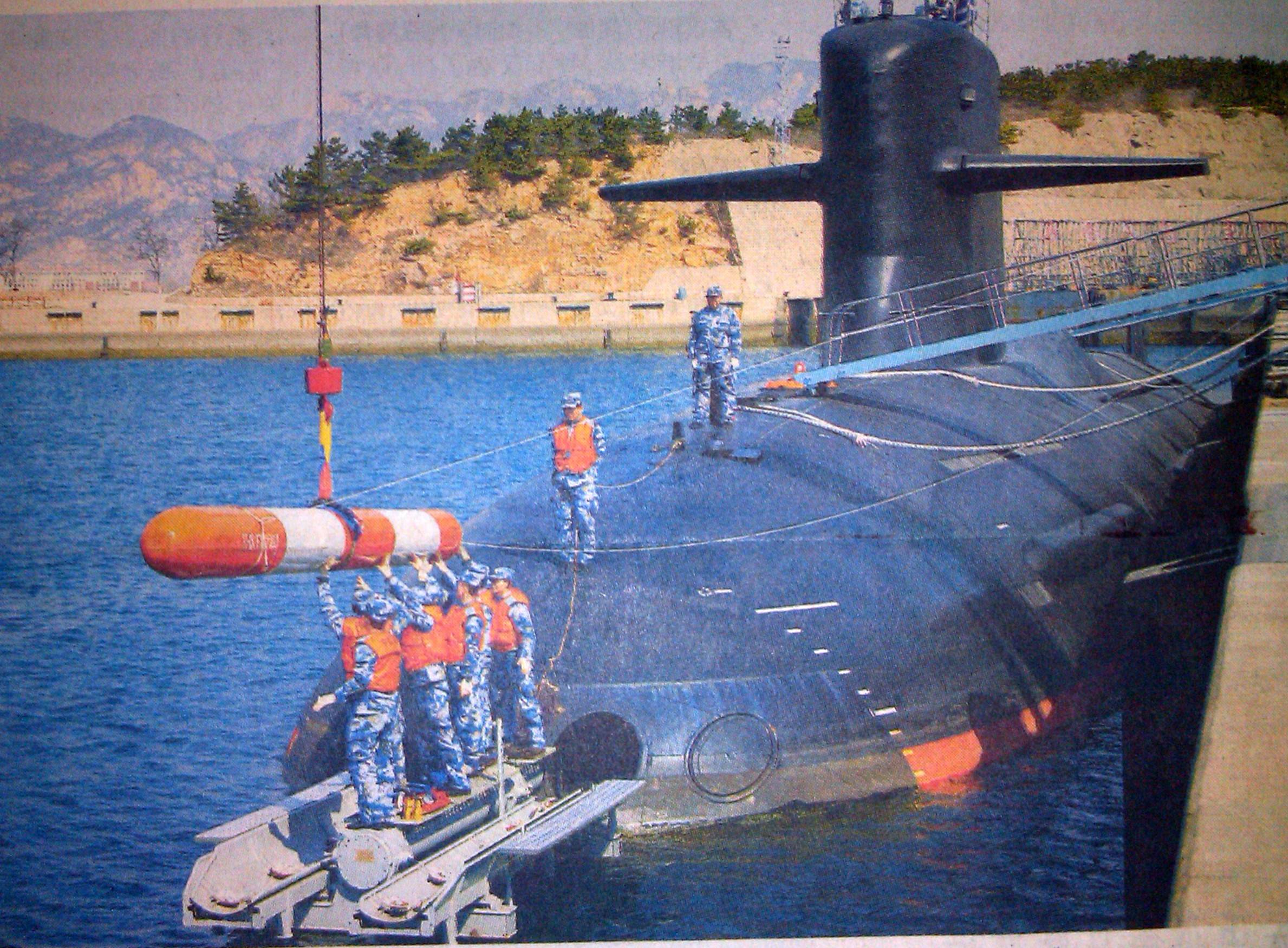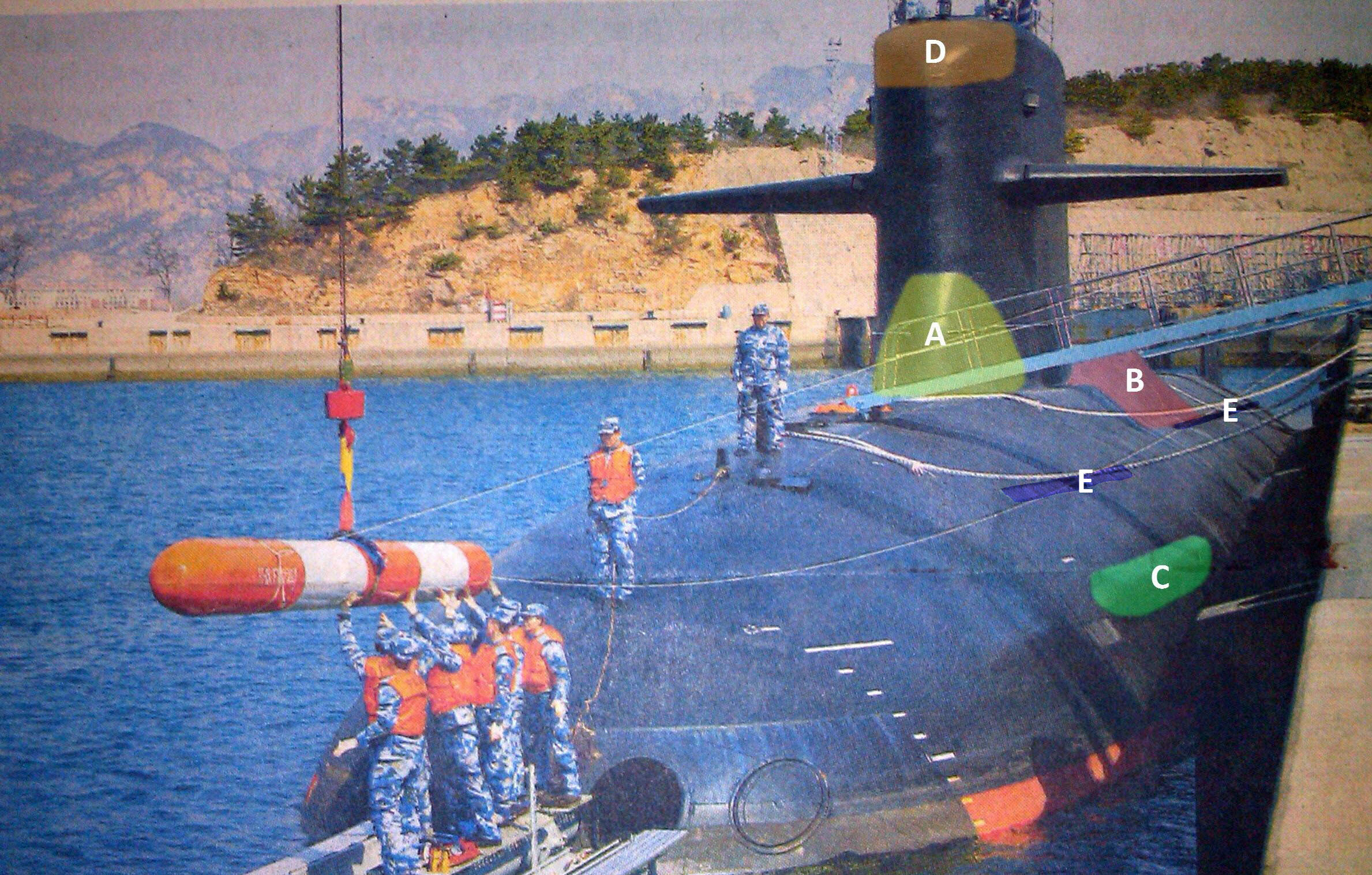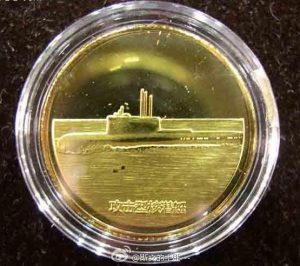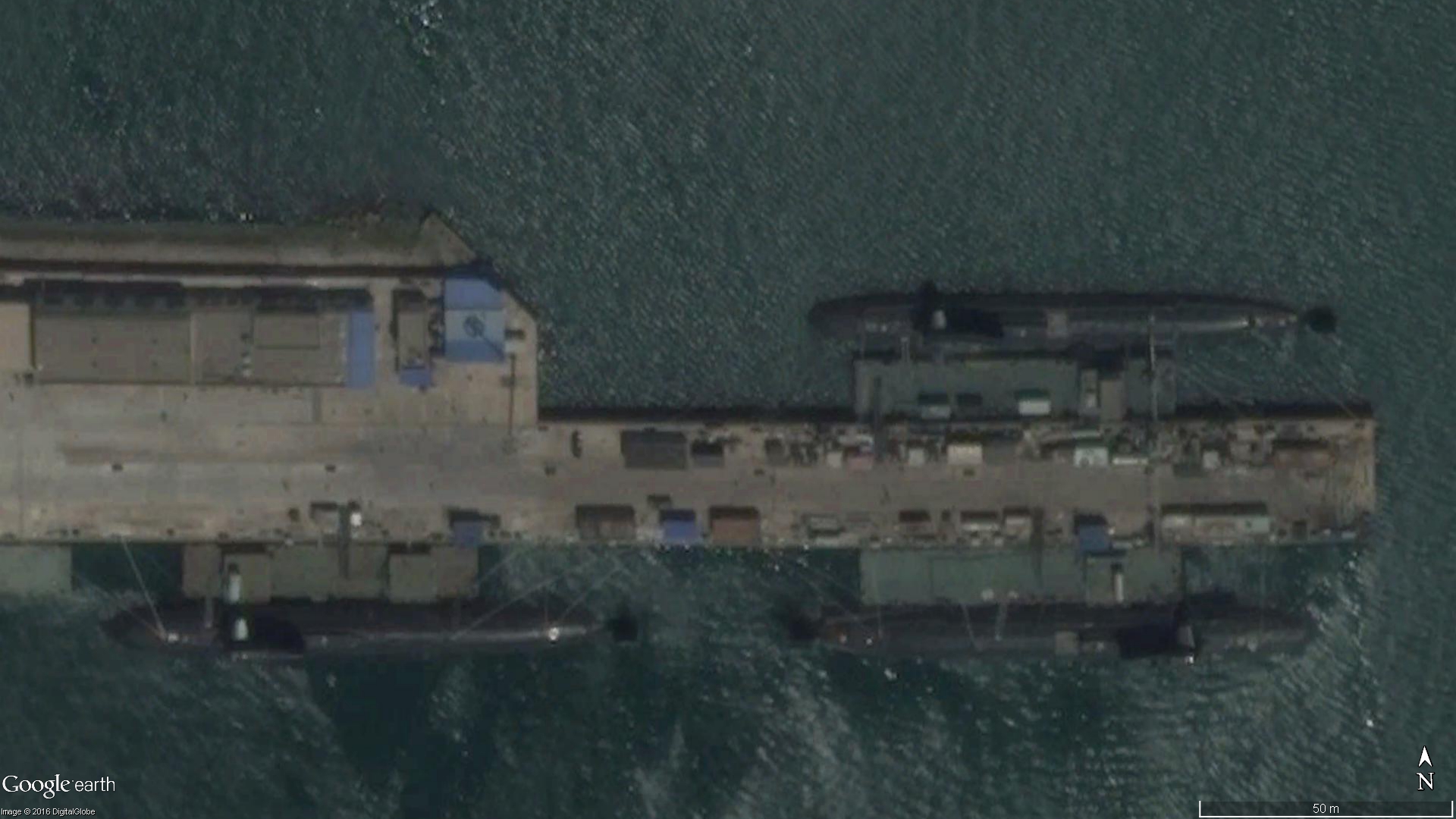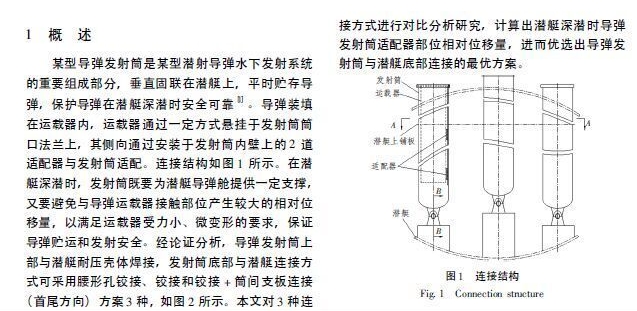Hendrik_2000
Lieutenant General
(cont)
The new boy, where is he?
Finally, where was this photo taken? The answer will allow us to know to which submarine base this new SNA is affected, and therefore what is its geographical and operational priority.
China currently has 3 nuclear submarine bases, one located near Lüshunkou in the north, one northwest of Qingdao facing the yellow sea, and the last near Sanya on Hainan Island. It is not very difficult to locate the exact location of the photo.
A quick scan shows that the photo is taken at the East dock of the base near Qingdao, right next to a maintenance dry dock. It is in this base where the first Type 09III was admitted to active duty in the Chinese Navy on December 23, 2006, in the presence of former Chinese President HU and the Commander-in-Chief of the Chinese Navy.
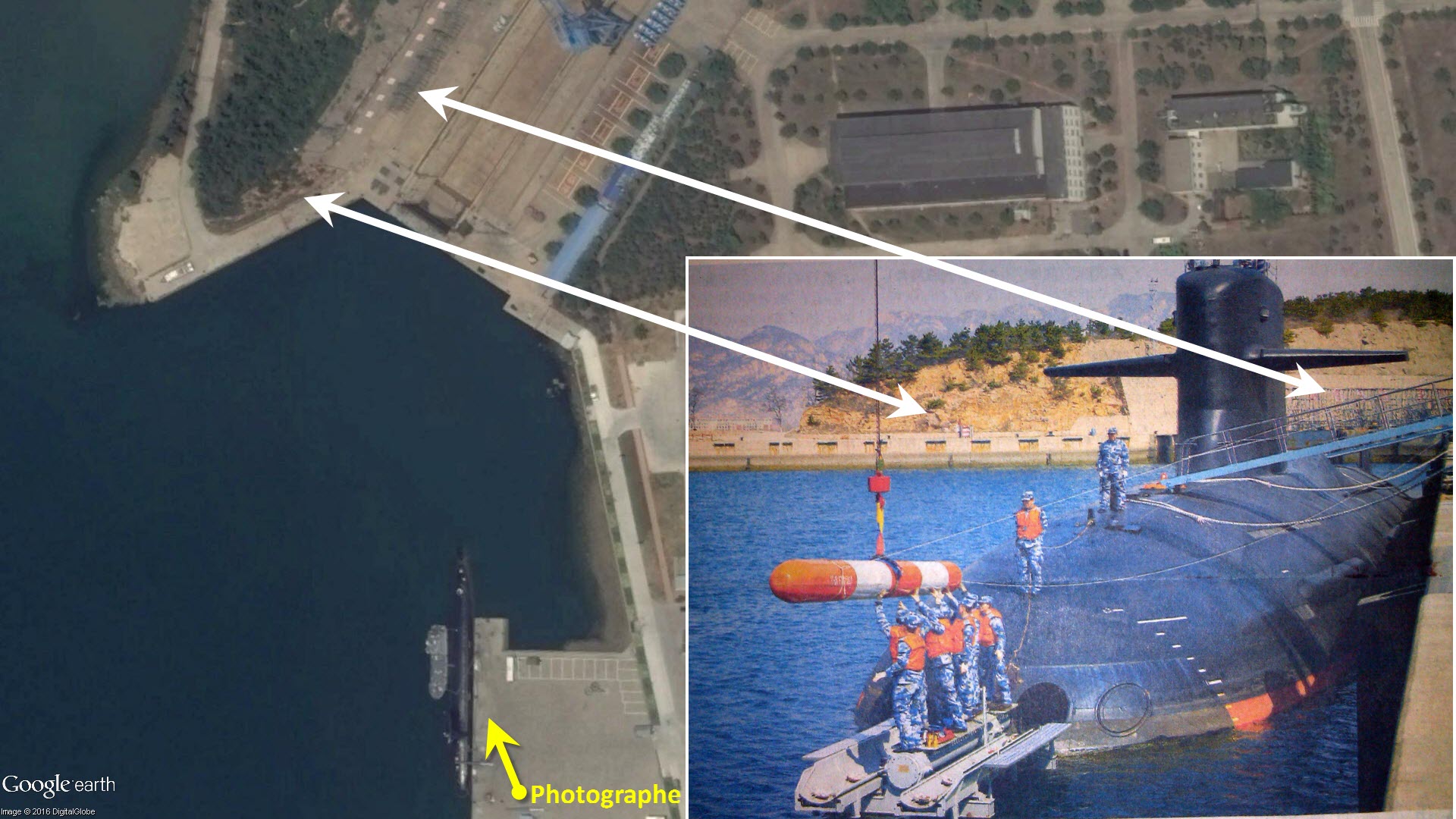
A quick scan shows that the photo is taken at the east dock of the base near Qingdao.
An article published in February this year on the official website of the Chinese army also teaches us that a certain nuclear submarine crew # 35 is in training to receive new equipment since last year, all suggests that it is the same submarine.
Although the average depth of the yellow sea is only 44m, an inconvenient situation for the discretion of nuclear submarines that generally need more than 70m deep, but the base near Qingdao is ideally located what it allows it to have entrances and exits under the mountain, and also a quick access to the first chain of islands facing Japan, which is reinforced by deploying several facilities on the ground to lock the access to the Pacific Ocean. West by the Chinese.
The base is also less than 70km from the first Chinese aircraft carrier base, which is a little further south, facilitating the deployment of ANS to escort Chinese aircraft carriers, including the 16 Liaoning.
The following to follow.
Henri K.
The new boy, where is he?
Finally, where was this photo taken? The answer will allow us to know to which submarine base this new SNA is affected, and therefore what is its geographical and operational priority.
China currently has 3 nuclear submarine bases, one located near Lüshunkou in the north, one northwest of Qingdao facing the yellow sea, and the last near Sanya on Hainan Island. It is not very difficult to locate the exact location of the photo.
A quick scan shows that the photo is taken at the East dock of the base near Qingdao, right next to a maintenance dry dock. It is in this base where the first Type 09III was admitted to active duty in the Chinese Navy on December 23, 2006, in the presence of former Chinese President HU and the Commander-in-Chief of the Chinese Navy.

A quick scan shows that the photo is taken at the east dock of the base near Qingdao.
An article published in February this year on the official website of the Chinese army also teaches us that a certain nuclear submarine crew # 35 is in training to receive new equipment since last year, all suggests that it is the same submarine.
Although the average depth of the yellow sea is only 44m, an inconvenient situation for the discretion of nuclear submarines that generally need more than 70m deep, but the base near Qingdao is ideally located what it allows it to have entrances and exits under the mountain, and also a quick access to the first chain of islands facing Japan, which is reinforced by deploying several facilities on the ground to lock the access to the Pacific Ocean. West by the Chinese.
The base is also less than 70km from the first Chinese aircraft carrier base, which is a little further south, facilitating the deployment of ANS to escort Chinese aircraft carriers, including the 16 Liaoning.
The following to follow.
Henri K.

